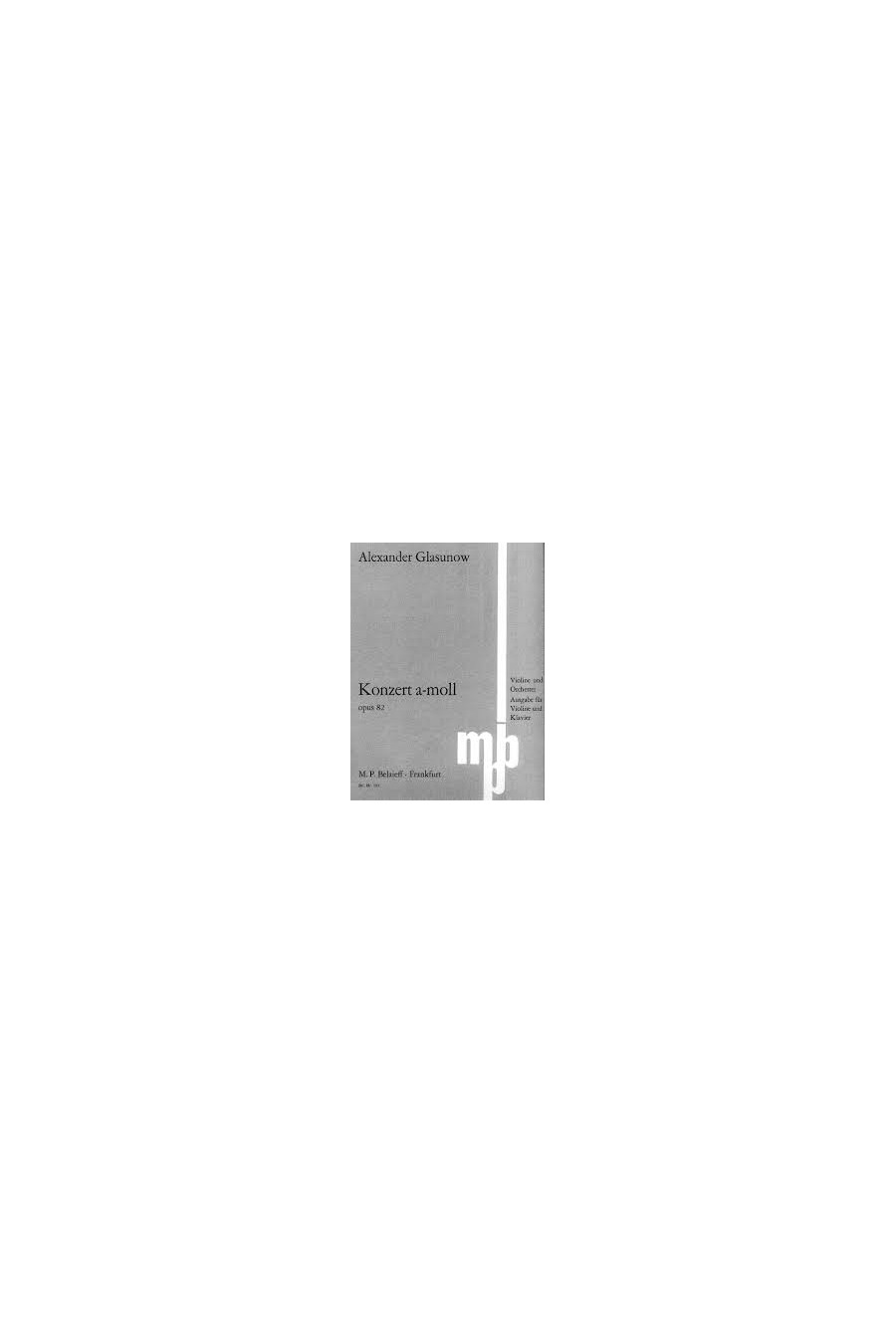
Poeme pour violon et piano by Fibich (EMB)
$13.95 Price
Concerto in A minor Opus 82 by Glazunow (Belaieff)
Edition for violin and piano (from original score for violin and orchestra
Alexander Glazunov composed the Violin Concerto in A Minor in 1904 and dedicated the work to Leopold Auer. It was first performed at a Russion Musical Society concert in St Petersburg in 1905. It is divided into three movements which are played without pause. The cadenza was written by Glazunov himself and due to the extensive double stops it is one of the most technically difficult sections of the concerto.
Older Belaieff edition. Only one copy available
Sassmannshaus Early Start on the Violin -Choose a Volume